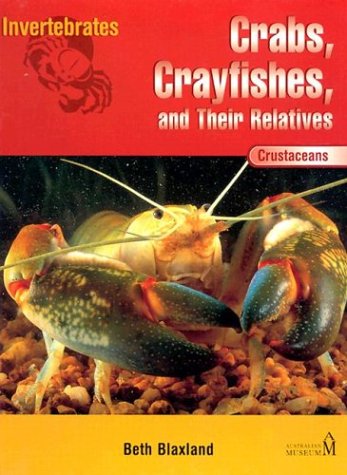-
Temperate Forests
Greg Reid
Library Binding (Chelsea Clubhouse, Jan. 1, 2004)Introduces temperate forests, the plants and animals that live there, types of forests, forest peoples, natural resources, threats to the forest environment, and preservation efforts. O
O
-
Centipedes, Millipedes, and Their Relatives: Myriapods
Beth Blaxland
Library Binding (Chelsea Clubhouse, July 1, 2002)Defines myriapods, such as centipedes and three groups of millipedes, and describes their physical characteristics, life cycles, habitats, senses, food, and means of self-defense. T
T
-
Solar Power
Richard Hantula
language (Chelsea Clubhouse, April 30, 2010)Along with geothermal energy, solar energy is now one of the least environmentally disruptive sources of power by which electricity is generated today. Sunlight is a free, unlimited resource that hits the Earth with more energy in an hour than the people of the world use in a year. In Solar Power, readers will discover how scientists are trying to harness this power and explore potential developments into the future.
-
Jordan Has A Hearing Loss
Jillian Powell, Gareth Boden
Library Binding (Chelsea Clubhouse, Nov. 28, 2004)Chronicles a day in the life of Jordan, who due to hearing loss must wear two hearing aids, highlighting the many things he does, including attend karate class. L
L
-
Inverbrates Crabs, Crayfishes, and Their Relatives
Beth Blaxland
Library Binding (Chelsea Clubhouse, July 1, 2002)Defines crustaceans, such as slaters and freshwater crayfishes, and describes their physical characteristics, life cycles, habitats, senses, food and means of self-defense. T
T
-
Biofuels
Geoffrey M. Horn
language (Chelsea Clubhouse, May 1, 2010)From vegetable oils to starches, these biodegradeable fuel sources are seen as environmentally friendly ways to power vehicles, heat homes, and cook food. Biofuels discusses different types of biofuels, the science behind their production, their environmental impacts, and possible future uses.
-
How Do Plants Get Food?
Barbara J. Davis
language (Chelsea Clubhouse, Sept. 1, 2009)When people get hungry, they eat a meal. All animals and plants need water and sustenance to survive and grow. Animals get their energy from eating food, but plants have a different method. This title exposes how plants get food and make energy through photosynthesis.
-
How Video Game Designers Use Math
Jill Egan, Rhea A. Stewart
eBook (Chelsea Clubhouse, Sept. 30, 2009)From Pac-Man to Xbox, people love playing video games. But many are unaware of the importance math plays when it comes to designing these addictive games. How Video Game Designers Use Math guides readers through the math concepts designers use to create and produce their games.
-
How Race Car Drivers Use Math
Sheri L Arroyo
Library Binding (Chelsea Clubhouse, Oct. 1, 2009)When driving around the oval ring, drivers of race cars need to know much more than how to turn the wheel and avoid other drivers. How Race Car Drivers Use Math puts readers in the driver's seat to show how race car operators use math to calculate speed and fuel usage, judge their safety, and much more. P
P
-
How Race Car Drivers Use Math
Sheri L. Arroyo
eBook (Chelsea Clubhouse, Oct. 1, 2009)When driving around the oval ring, drivers of race cars need to know much more than how to turn the wheel and avoid other drivers. How Race Car Drivers Use Math puts readers in the driver's seat to show how race car operators use math to calculate speed and fuel usage, judge their safety, and much more.

